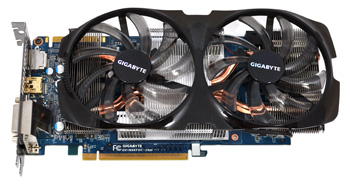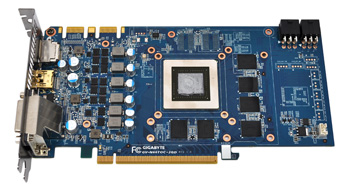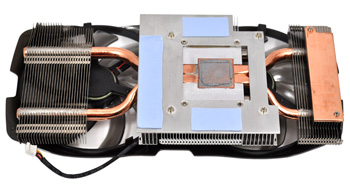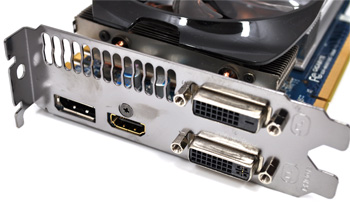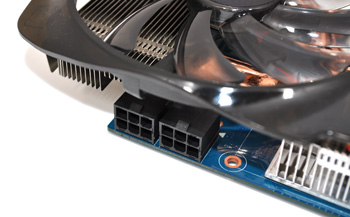Introduction
NVIDIA's GeForce GTX 660 Ti has, for the most part, left us feeling conflicted. On the one hand, there's no denying that the hardware has its strengths; if you're looking to play the latest games at 1080p with maximum image quality, it's in many ways the perfect card.
But on the other hand, there's the issue of higher-than-expected UK pricing. Sure, launch-day retailer listings are usually a bit off and 660 Ti price tags should settle with time, but that doesn't change the fact that the current situation feels almost preposterous.
The pricing predicament is summed up perfectly by Gigabyte's custom GeForce GTX 660 Ti, the WindForce OC (model # GV-N66TOC-2GD). On paper, high-clocks and an extravagant dual-fan cooler make this one of the best 660 Tis on the market, but take a look at the images above; the one on the left reflects the current asking price for the Gigabyte card, and the one on the right represents how much you'd pay for a superior GeForce GTX 670 from the same retailer. Long story short: for a penny more, UK consumers can get a fundamentally better card.
The surprisingly-high price tag is a shame, really, as Gigabyte's WindForce OC card has the makings of a very good GeForce GTX 660 Ti. It isn't exactly a looker - unless you happen to like a pair of protuberant fans - but the card's make-up is fundamentally strong.
In keeping with NVIDIA's reference specification, Gigabyte provides 2GB of GDDR5 memory - clocked at a stock 6,008MHz - but the GK104 Kepler GPU has been bumped up significantly from 915MHz to a rapid 1,033MHz. And, of course, with NVIDIA's GPU Boost technology, it'll often run at speeds well beyond that figure - we recorded core frequencies as high as 1,254MHz during some games.
Gigabyte's using an eight-and-a-half inch blue PCB armed with eight Hynix GDDR5 memory chips (six on the front, two on the back) and two SLI connectors are at hand to make the GTX 660 Ti a flexible option - it's easy to add one or two additional cards further down the road.
The PCB is relatively short, but the board's trim size is offset by a hefty WindForce cooler that's comprised of two large 100mm fans, two copper heatpipes and an array of aluminium fins that cover the card's vital components.
Cooling performance is almost certain to be good, but Gigabyte - and indeed any other NVIDIA partner - doesn't appear to be pushing the boat out with custom GeForce GTX 660 Ti designs. As far as we can tell, the WindForce 2X cooler has been pulled off an existing GTX 670 design and planted on the new, shorter 660 Ti PCB. There's nothing technically wrong with that, but it explains why the cooler is considerably larger than the PCB - it makes the card extend to 10in long - when it could quite easily be presented in a smaller package (maybe even single-slot).
There's no change in terms of inputs and outputs. Going straight by the NVIDIA playbook, power is sourced from two six-pin PCIe connectors, and image output is provided by two dual-link DVI connectors, as well as HDMI and DisplayPort.
The internal make-up of NVIDIA's high-end GTX 600-series cards is such that these outputs can be used to power three displays from one card - handy for productivity purposes, but we suspect the fourth-rung GeForce GTX 660 Ti will struggle to drive high-quality games across three panels.
Gigabyte's card is well-built and heavily-overclocked, but are the ramped-up speeds enough to challenge an almost-identically priced GeForce GTX 670?








